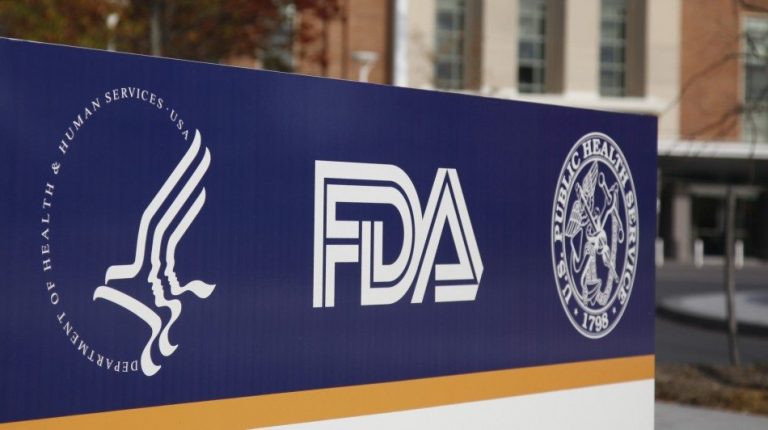
BioMarin Pharmaceutical Inc. (NASDAQ:BMRN) is a big end of the week winner this week, with the company soaring on the back of an FDA approval announcement. There’s more to it than the approval, however. The company also picked up a voucher from the agency that will set it at a distinct advantage to some of its peers going forward.
Here’s a look at what happened, how it played out, and what it all means for both BioMarin and its shareholders.
So, the drug in question is called Brineura. It’s designed to help treat a condition called late infantile neuronal ceroid lipofuscinosis type 2 (CLN2), also known as tripeptidyl peptidase 1 (TPP1) deficiency. Chances are that many reading haven’t heard of this one before (unless they’ve been following this drug’s development pathway, of course) and that’s not surprising – it’s an ultra rare condition that is a subtype of a condition that’s extremely rare in itself, what’s called Batten disease. It’s a fatal autosomal recessive neurodegenerative disorder that begins in childhood, and it’s the most common form of a group of disorders called the neuronal ceroid lipofuscinoses (NCLs).
It’s a pretty complicated condition from a scientific perspective, but, children that have this disease are unable to clear up the neuronal waste that forms when neuronal cells die. Normally, this is a process facilitated by an enzyme called TPP1 (the same as the above-mentioned alternative name). TPP1 basically recycles the waste and promotes healthy development in the neuro-environment. Patients with CLN2 don’t have enough TPP1, and the neuronal waste collects in the brain and isn’t recycled efficiently.
Primary symptoms associated with the disease (and remember these come on when the patient is very young) include language and movement delays, vision loss, and memory problems. As the patient gets a little bit older, and generally very shortly after the initial symptoms present, the symptoms quickly worsen to immobility, blindness, and then death.
There’s a dramatic unmet need for a cure, and that’s what BioMarin was hoping to achieve with Brineura. The drug was put through its paces as part of a pretty rigorous development program, and while it doesn’t look like the drug can cure the condition, as such, it can halt progression, and is a real lifeline in this patient population. Sure, it’s a tiny population (about 500 children in the US, and 20 extra patients a year), but that far from negates the importance of a drug like this for the children with the condition. In short, it’s a game changer for these kids, and could allow them to lead a life they otherwise wouldn’t be able to.
So the FDA approved it, that’s the good news.
The bad news is the price. BioMarin has stated that it’s going to $27,000 per carton of the drug, with each carton last just a couple of weeks. This translates to a total annual cost of $702,000. That’s incredibly high, but in a patient group where there are no other alternatives, it’s BioMarin’s prerogative to cost the drug like this. The company is going to come under scrutiny, of course. Now more than ever, drug pricing is a hot topic, and any company that charges two-thirds of a million dollars for a life-saving children’s drug isn’t going to get the light end of the mainstream media.
Reports suggest (and the company has backed this up) that many children will be able to gain access to the drug at a steep discount, but a steep discount from these prices still looks high.
Anyway, we’ll see how that plays out going forward.
For shareholders, this is obviously good news. The company is running up on the announcement, and we expect this strength to hold (so long as BioMarin doesn’t get hit with a pricing challenge) near to medium term.
Additionally, and as alluded to in the introduction to this piece, the company also picked up a voucher that will see it get priority review for another asset (as yet undecided) in rare children’s disease indication. This is one of only a handful of these types of vouchers to have ever been issued, and if BioMarin doesn’t decide to use it to get a jump on a competitor for one of its pipeline assets, it could sell it for a substantial amount to one of its peers.




